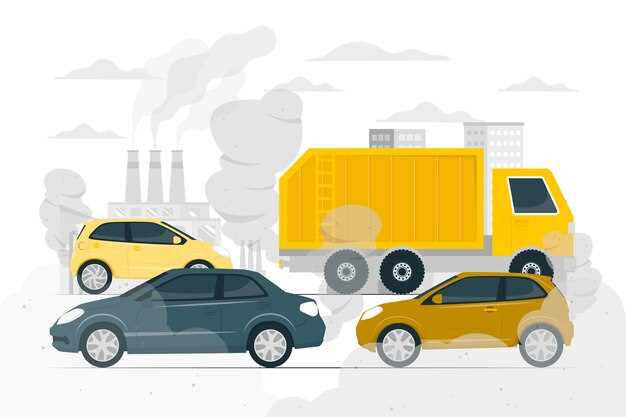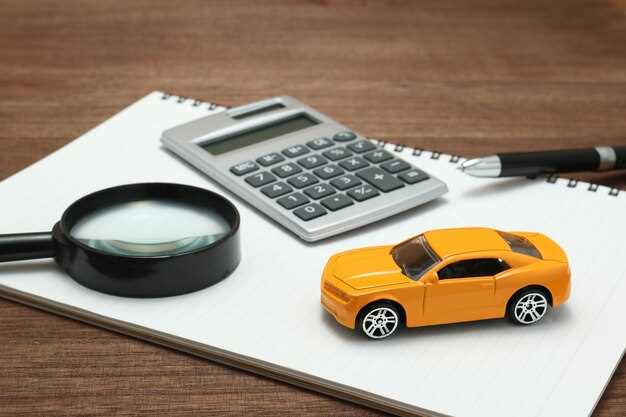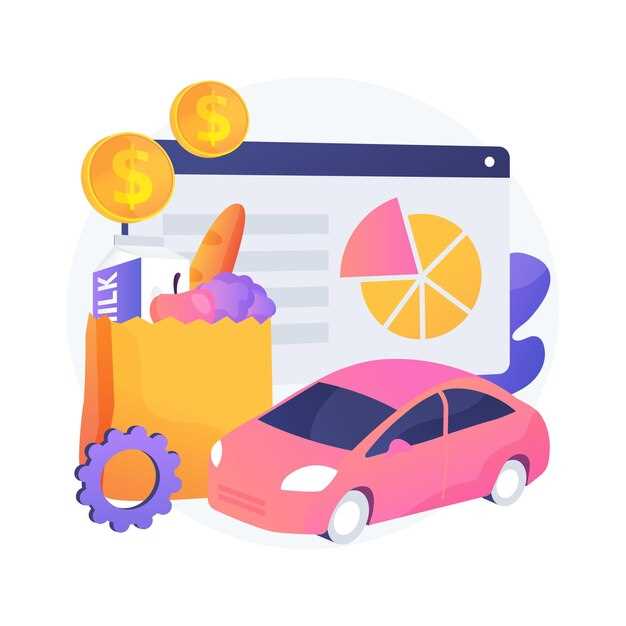
The valuation of salvage cars is a complex process influenced by various market dynamics. Among these factors, demand plays a pivotal role in determining pricing. When the market experiences a spike in demand for salvage vehicles, the prices can increase significantly, leading to higher valuations for these cars. This phenomenon can often be seen in regions where the availability of affordable used cars is limited, prompting buyers to turn to salvage options.
Market trends and consumer preferences directly affect how salvage cars are valued. For example, specific makes and models that are in high demand tend to fetch better prices in the salvage market. Conversely, if the interest in certain types of vehicles wanes, the valuation of those cars may decline accordingly. Assessing demand is crucial for sellers and buyers alike, as it helps them understand potential profit margins and negotiation power during transactions.
Ultimately, the interplay between demand and salvage car valuation showcases the broader principles of supply and demand in the automotive market. Understanding these trends equips stakeholders with the knowledge needed to make informed decisions, whether they are purchasing, selling, or evaluating salvage vehicles. The impact of demand on pricing is not merely a theoretical concept but a decisive factor influencing the profitability of deals in this niche market.
How Market Trends Influence Pricing of Salvage Vehicles

The pricing of salvage vehicles is significantly influenced by current market trends, which encompass demand, supply, and consumer preferences. As the automotive market evolves, various factors come into play that can enhance or reduce the perceived value of a salvage car.
One key trend is the increasing popularity of sustainability and eco-friendliness, prompting consumers to consider salvaged vehicles as viable options for environmentally conscious transportation. This shift can increase demand for certain types of salvage cars, particularly hybrids and electric vehicles, impacting their pricing positively.
Market demand for specific vehicle makes and models also plays a pivotal role. If a particular model is highly sought after for repairs or parts, its salvage value will rise accordingly. Conversely, vehicles that are less popular may see diminished interest, leading to lower prices in the salvage market.
Another influencing factor is the general state of the economy. In prosperous times, consumers might be more willing to invest in vehicles, increasing the demand for salvage cars. In contrast, during economic downturns, buyers tend to prioritize lower prices, which can drive salvage values down.
Technological advancements also affect market trends. For instance, improvements in vehicle safety and efficiency can shift consumer preferences towards newer models. As such, older vehicles may become less desirable as salvage options, reducing their market value.
Finally, regional variations in market dynamics can significantly influence pricing. In areas where specific vehicle types are popular, salvage prices may reflect that demand. Local laws and regulations regarding salvage titles can also affect the desirability and pricing of these vehicles.
In conclusion, the interplay between market trends and consumer behavior is vital in determining the pricing of salvage vehicles. By understanding these trends, buyers and sellers can make informed decisions that reflect current market conditions.
Factors Driving Demand for Salvage Cars in Current Market

The demand for salvage cars in today’s market is influenced by several key factors that reflect changing consumer preferences and economic conditions. One significant trend is the rising interest in budget-friendly vehicle options. As new car prices continue to escalate, more buyers are turning to salvage cars as a cost-effective alternative. This shift is particularly evident among young drivers and first-time buyers who seek affordable transportation without the financial burden of new vehicles.
Another driving force behind the demand for salvage cars is the growing popularity of car restoration and DIY projects. Enthusiasts and hobbyists often view salvage vehicles as opportunities for customization and renovation. This trend has cultivated a community that actively seeks out salvage cars for their potential to be transformed into unique, personalized vehicles. Consequently, this segment of the market has expanded, increasing overall demand.
The environmental awareness of consumers also plays a crucial role in the salvage car market. Many buyers are seeking sustainable options, and purchasing a salvage vehicle has become a way to contribute to eco-friendly practices. This demand for recycled vehicles is part of a larger movement toward reducing waste and promoting sustainability, which resonates with environmentally conscious consumers.
Additionally, online platforms and auctions have made it easier for buyers to access salvage cars, further boosting demand. The convenience of browsing and bidding on vehicles from the comfort of home has attracted a wider audience. The rise of digital marketplaces allows for greater visibility and competition, leading to a more dynamic pricing structure and increased interest in salvage vehicles.
Lastly, the current economic landscape, characterized by inflation and shifts in consumer spending, has resulted in a reevaluation of vehicle ownership. Buyers are becoming more strategic in their purchases, seeking value for money, and salvage cars present an attractive option. These market conditions, combined with the evolving preferences of consumers, contribute significantly to the sustained demand for salvage cars.
Assessing Salvage Car Value: Key Indicators and Metrics
When determining the value of salvage cars, several key indicators and metrics come into play. The pricing structure is influenced significantly by the condition of the vehicle, the extent of damage, and the current market trends.
Condition of the Vehicle: The salvage car’s condition is one of the most critical factors in assessing its value. Evaluating the extent of the damage, whether structural or cosmetic, is essential in determining repair costs versus the potential resale value. Vehicles with minor damages that can be easily repaired typically fetch higher prices compared to those with severe or total losses.
Market Demand: The demand for salvage cars plays a vital role in influencing their pricing. Trends in the automotive market, such as the popularity of certain makes and models, can significantly affect the valuation. For instance, if a particular model is in high demand, even a salvaged version may retain considerable value.
Vehicle Age and Mileage: The age of the car and its mileage are also important metrics in salvage valuation. Generally, newer vehicles or those with lower mileage tend to maintain higher values, even when classified as salvage. This is due to their potential for repair and resale in the market.
Part Availability: Assessing the availability of parts for repair is crucial. Vehicles with readily available and affordable parts are likely to have a higher salvage value, as this decreases the overall repair costs. Conversely, cars with hard-to-find components may see their value diminish.
Historical Sales Data: Analyzing historical sales data of similar vehicles can provide insights into effective pricing strategies. Trends in past sales can indicate expected pricing ranges for salvage cars, helping sellers to set realistic expectations and buyers to assess fair market value.
Insurance and Salvage Titles: The presence of insurance claims and salvage titles also affects car valuation. A vehicle with an outright salvage title may have a lower resale value compared to one with a rebuilt title, which indicates that repairs have been made and the car is roadworthy. Understanding these differences is essential for accurate valuation.
In summary, effective assessment of salvage car value requires a comprehensive analysis of multiple key indicators and metrics. By understanding the interplay between pricing, market trends, and the vehicle’s physical condition, stakeholders can make informed decisions in the salvage car marketplace.
